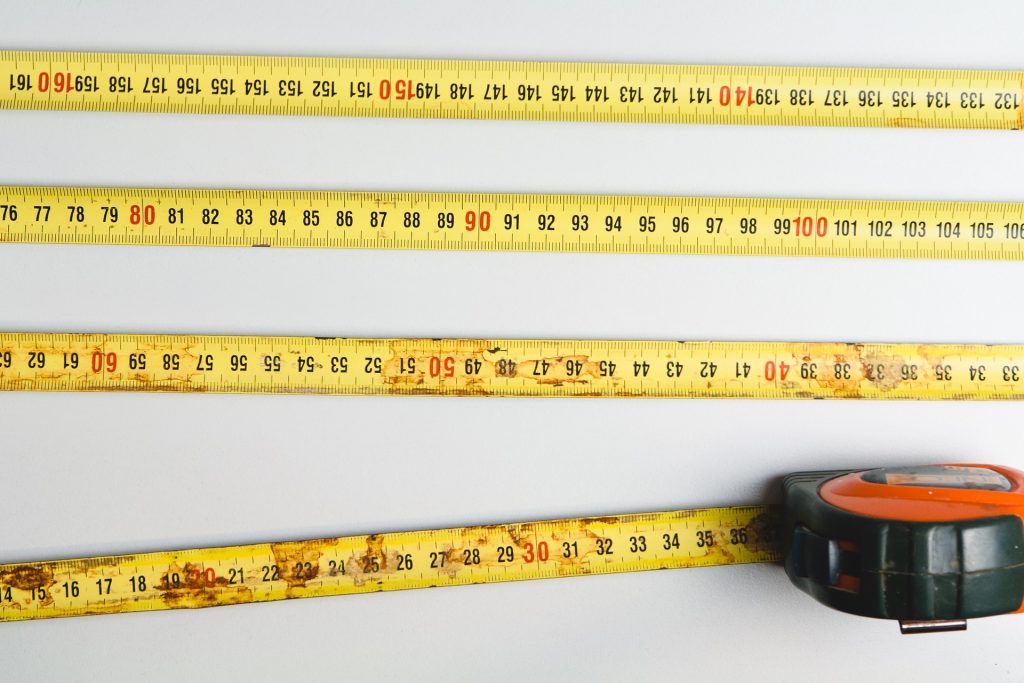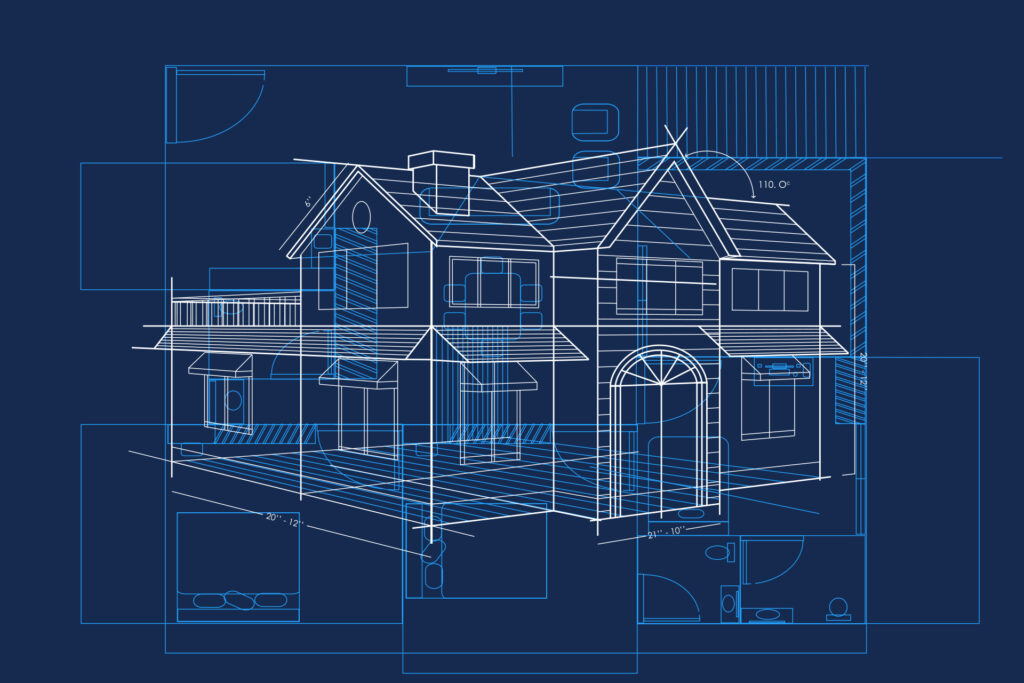The Power of 3D Documentation in Facility Management
In the intricate world of facility management, efficiency and precision are paramount. Every square foot, every pipe, and every electrical conduit plays a role in the overall functionality and safety of a building. But what if you could have an X-ray vision into your facility, revealing every hidden detail and optimizing every process? This isn’t a futuristic fantasy; it’s the tangible reality offered by 3D documentation and reality capture.
Traditionally, facility managers have relied on a mix of 2D blueprints, scattered photographs, and anecdotal knowledge to understand their buildings. While functional, this approach is often time-consuming, prone to error, and lacks the comprehensive understanding needed for proactive management. Enter the transformative power of 3D models generated through reality capture technologies like laser scanning and photogrammetry.

Beyond Blueprints: A New Dimension of Understanding
Imagine walking through a perfect digital twin of your facility, accessible from anywhere. This isn’t just a static image; it’s an interactive, measurable model that accurately represents every architectural, structural, and mechanical element. Here’s how this new dimension of understanding is revolutionizing facility management:
- Optimized Space Utilization: One of the most significant challenges in facility management is making the most of available space. 3D models provide an incredibly accurate spatial understanding, allowing managers to:
- Visualize and Plan Layouts: Experiment with different office configurations, equipment placements, or storage solutions in a virtual environment before making any physical changes. This reduces costly errors and ensures optimal flow.
- Identify Underutilized Areas: Pinpoint areas that are not being used efficiently, enabling strategic repurposing or reallocation of resources.
- Improve Occupancy Planning: Accurately assess capacity and plan for future growth or downsizing, ensuring compliance with safety regulations and maximizing comfort.
- Streamlined Maintenance Processes: From preventative maintenance to emergency repairs, 3D documentation transforms how facility teams approach their tasks:
- Precise Asset Location and Identification: No more searching for hidden valves or obscure electrical panels. With a 3D model, every asset can be tagged, located, and accessed virtually, significantly reducing diagnostic and repair times.
- Enhanced Maintenance Planning: Technicians can virtually “walk through” a repair scenario, identifying potential challenges, gathering necessary tools, and understanding the scope of work before even stepping on-site. This leads to better prepared teams and fewer disruptions.
- Improved Collaboration: Share accurate 3D models with contractors, engineers, and specialized technicians, ensuring everyone is working from the same precise data. This minimizes miscommunication and accelerates project completion.
- Predictive Maintenance through Data Integration: When combined with IoT sensors and data analytics, 3D models become dynamic dashboards. Visualize real-time performance data directly on the 3D model, allowing for proactive identification of potential issues and predictive maintenance before costly breakdowns occur.
- Enhanced Safety and Compliance: A detailed 3D model offers an invaluable tool for ensuring a safe and compliant environment:
- Emergency Preparedness: Develop and practice evacuation routes, identify safety equipment locations (fire extinguishers, emergency exits), and train personnel in a realistic virtual environment.
- Accessibility Planning: Ensure compliance with accessibility regulations by virtually assessing pathways, ramps, and door clearances.
- Historical Documentation for Audits: Maintain a precise historical record of the facility’s condition, critical for regulatory compliance and insurance purposes.

The Future is 3D
The adoption of 3D documentation in facility management is not just an incremental improvement; it’s a fundamental shift in how buildings are understood, managed, and optimized. From saving time and reducing costs to improving safety and maximizing efficiency, the benefits are clear and compelling.
If you’re looking to unlock the hidden potential within your facilities and embrace a more intelligent, proactive approach to management, it’s time to explore the power of 3D documentation. The future of facility management is here, and it’s in three dimensions.
